By Pai Pei-hua (白佩華) | Special to The Kaohsiung Times (Image via ESG Times).
In today’s world, disasters aren’t one-off events — they’re long-haul disruptions. Earthquakes, extreme weather, pandemics, and supply chain breakdowns can shut down industries overnight. The goal for companies isn’t just to recover but to stay resilient — to anticipate, absorb, and adapt.
According to ISO’s global standards on risk and continuity management, resilience isn’t a finish line. It’s an ongoing process built on two foundations: keeping people safe and keeping business running. Preparation and drills are what turn those words into action.
Step One: Protect People, Then Operations
When disaster strikes, chaos follows. The only way to limit damage is to plan ahead. Every company needs an Emergency Response Plan (ERP) — with clear alert systems, evacuation routes, and backup procedures. Staff should know where to go and how to work remotely if needed.
Once people are safe, the Emergency Response Team (ERT) can step in to contain losses and buy time for recovery. Safety gear, secure buildings, and instant communication systems all help protect lives — the foundation of every recovery.
Equally important is identifying which parts of the business must not fail — the production lines, servers, or supply systems that keep everything else afloat. Planning and simulation drills keep those lifelines ready when it counts.
Step Two: Recover Fast, But Smart
Getting back on your feet quickly is critical, but not at the expense of your team. A good recovery plan includes resource checks, supply chain rebuilding, and employee support — from counseling to flexible work.
After Taiwan’s April 3, 2024, earthquake, major chip and electronics makers proved how effective this can be. Their disaster recovery plans (DR) got factories running within weeks. Still, secondary delays — from parts and chemicals to transport — showed how resilience must reach every link in the chain.
Step Three: Manage the Disruption
A strong Business Continuity Plan (BCP) keeps core functions running even when everything else stops. The key is knowing what’s “unacceptable loss.”
A Business Impact Analysis (BIA) helps set two benchmarks:
- RTO (Recovery Time Objective): How long can critical systems be down?
- RPO (Recovery Point Objective): How much data can you afford to lose?
Once those limits are set, recovery becomes measurable. Data-based planning can cut downtime from weeks to days — turning survival into strength.
Step Four: Practice Until It’s Instinct
Preparedness isn’t paperwork. It’s muscle memory. At least one full-scale drill each year — plus smaller department exercises — keeps teams sharp. Studies show companies that train regularly recover 30% faster after crises.
Skipping drills to “save costs” is false economy. Every dollar not spent on preparedness turns into losses later. Training isn’t an expense; it’s insurance — and a competitive edge.
The Bottom Line
True resilience means shifting from defense to adaptation. It’s built on people first, plans second, and practice always.
Resilience isn’t a binder on a shelf — it’s a reflex. The companies that survive and thrive are those that make readiness part of their culture.
In the end, a resilient business is like a “self-righting doll” (不倒翁) — it may wobble in the storm, but it never stays down.
About the Author:
Pei-Hwa Pai (白佩華) has over twenty years of experience in risk management and sustainability consulting. Holding dual master’s degrees in communication from U.S. institutions, Ms. Pai also earned a Certificate in Circular Economy and Sustainability Strategies from the University of Cambridge Judge Business School, professional certificates in Strategy Analysis, Management and Leadership, and Business in Society from Harvard Business School, and an ESG Materiality Analysis Certificate from the Wharton School. She further holds certifications in TCFD, CDP, and SBTi training from Taiwan’s Industrial Technology Research Institute (ITRI), along with credentials as a lead auditor for ISO 14064, ISO 14068-1, ISO/IEC 42001, and expertise in ISO 14067 and BS 8001. Trained under the MIC Industry Analyst Program, she brings both academic rigor and industry insight to her consulting practice.
Pai has also established two scholarships dedicated to sustainability and AI, supporting academic research and encouraging young people to enter the field of sustainable development. Over the years, Ms. Pai has guided numerous companies in successfully implementing sustainability transformations. Her columns have been published across numerous media outlets, and she continues to serve as a strategic and sustainability advisor to the industry.



